Improve your chess with IM Sagar Shah during the 21 day lockdown raises funds for the fight against Covid-19
An early morning inspiration has resulted in 21-day training program where IM Sagar Shah conducts LIVE sessions and interacts with 300+ people and teaches them chess during the 21-day lockdown period due to Corona virus. The training revolves around understanding the imbalances in chess and how to improve your thinking in any given position. At the same time funds are being raised to be donated to the PM CARES fund. Until now Rs.13,129 have been raised in seven days. You too can be a part of this initiative, learn something interesting and donate money to a good cause! Read more:
I woke up in the morning on 25th of March 2020. The time was around 8 a.m. Like every day I went into my work room and opened my laptop. It felt like just any other day, but just that it wasn't like any other day! The Prime Minister of India Narendra Modi had announced a complete lockdown for 21 days on the previous night. My mind was drawn to the scene I had witnessed the previous evening. I had just left my house to get some of the goods of basic necessities for the house. Every where I saw, there were people in masks trying to stay away from each other. Yet, at some vegetable vendor's stall everyone was fighting each other over who would take back home a couple of tomatoes. With the police van patrolling the street there was a constant fear among the vendors that they would be reprimanded. These were the scenes I had never before witnessed in my life. There was chaos, there was fear in the eyes of people and even the most selfless soul was making sure that he/she doesn't run out of food for the next 21 days.
As I sat on my chair, I tried to come back into working mode. A little bit of positivity was required, if not for the world, then at least for my own sanity. I went to YouTube and scheduled a live training session that would begin in under an hour's time - 9.a.m. I got ready quickly and decided what I would be doing on day one. The name of the show was decided - "Improve your chess with IM Sagar Shah" and I named it as Day 1/21. It meant I had to be committed to this cause for the next 21 days!
Day 1/21 - 25th March
In the first session I decided to work on tactics through the ChessBase Account tactics trainer and playing a game online on Playchess and then showing how the game is automatically stored in the cloud databases on ChessBase 15, and how one should analyze such a game!
Here's the online game that I played online and then analyzed it with the viewers using ChessBase 15 and Mega Database 2020:
Day 2/21 - 26th March
21 days is quite a lot of time! After doing the first session and understanding that the people involved were interested to learn and serious about chess, I decided to make it into a series of videos that would be the most beneficial to the students. Empathy is a powerful ingredient to get you into action. When I was a young player, the thing that I lacked was someone teaching me how to think effectively in any given position. It was not until I was 17 when I chanced upon the book of Jeremy Silman - Reassess your chess. The book dealt with imbalances in chess and how understanding these imbalances can help you come up with an effective plan in any given position. As the book had made a big impact on me, I decided to work on these very imbalances with the people who would attend these live shows. On the second day, I introduced them to the concept of imbalances and then showed them one of my first games where I made use of the learnings in actual tournament play.
Sagar Shah vs Snehal Bhosale, Pune 2007
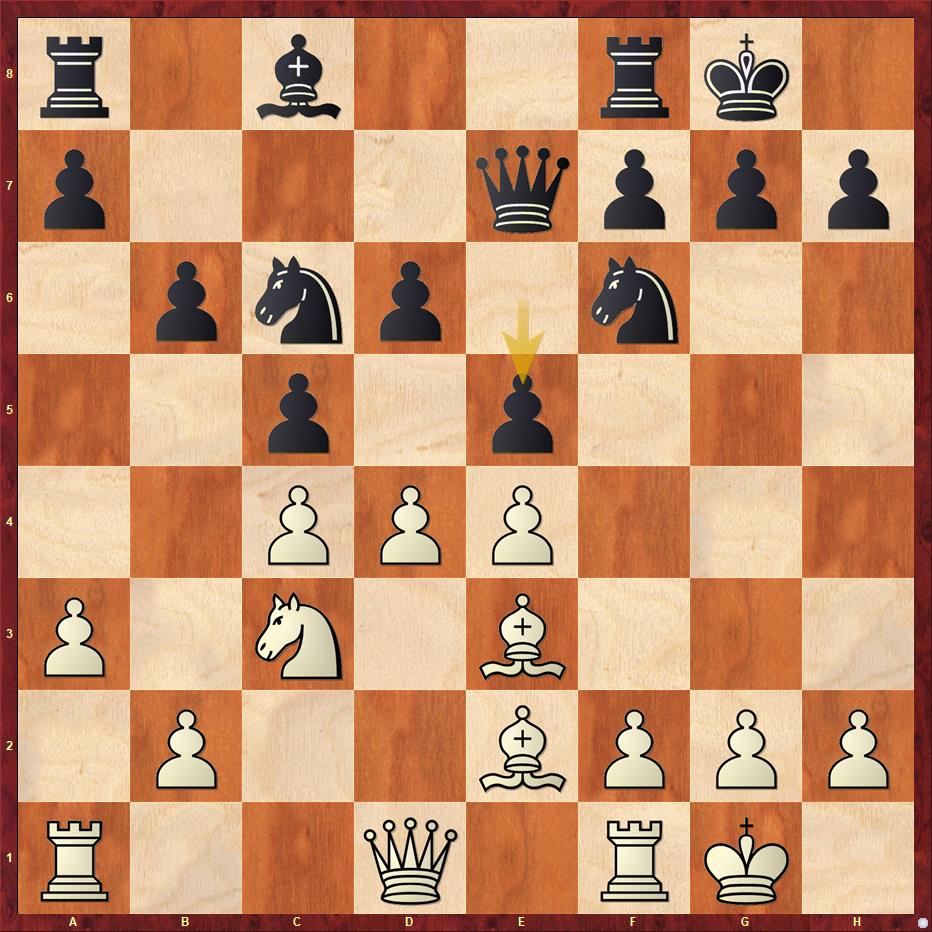
It seems almost natural to push your pawn to d5. However, understanding the imbalances would mean that White having the bishop pair should avoid closing down the position. That's the reason why I thought hard during the game and came up with the very powerful Bg5! Yes, I sacrifice the pawn on d4, but my knight is all ready to jumpy to d5. Black is in big trouble and I went on to win the game.
Day 3/21 - 27th March
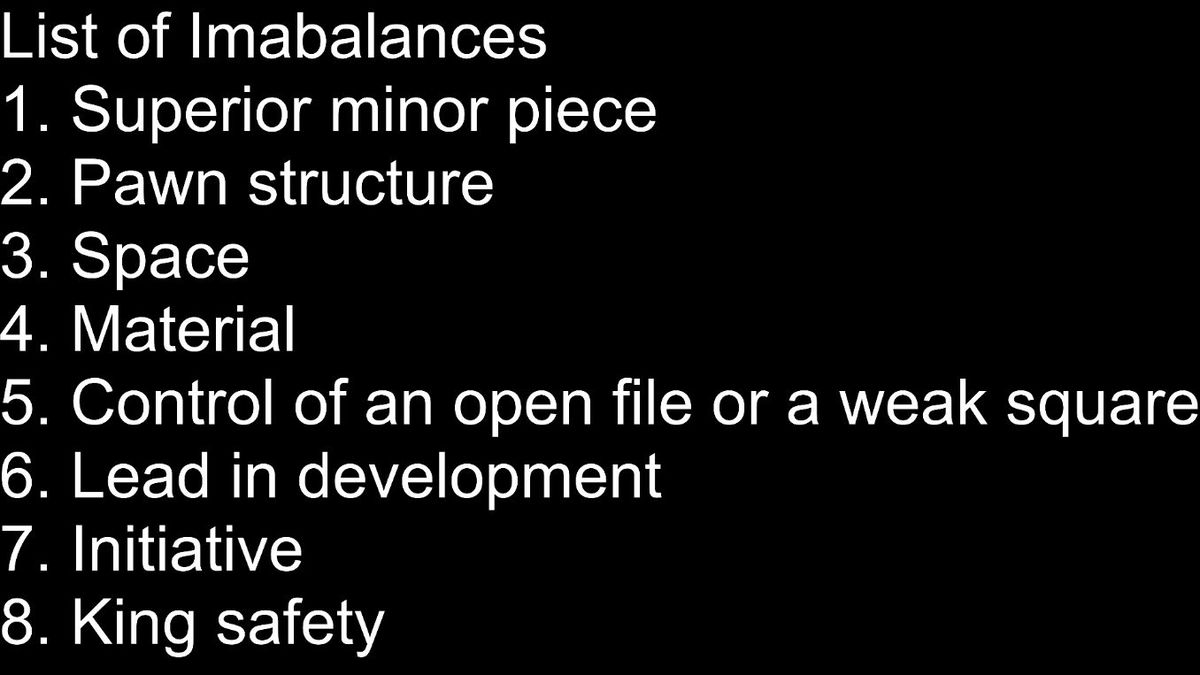
We began with the study of minor pieces. Speaking of bishops, there were a few rules that I asked the students to keep in mind:
1. If you have a bad bishop you can do three things
a. exchange it
b. change the structure
c. bring it outside the pawn chain
2. If your opponent has double bishops try to exchange one of them
3. If you have the bishop pair preserve them, and part with them at the right moment
Sagar Shah vs Salil Rabade
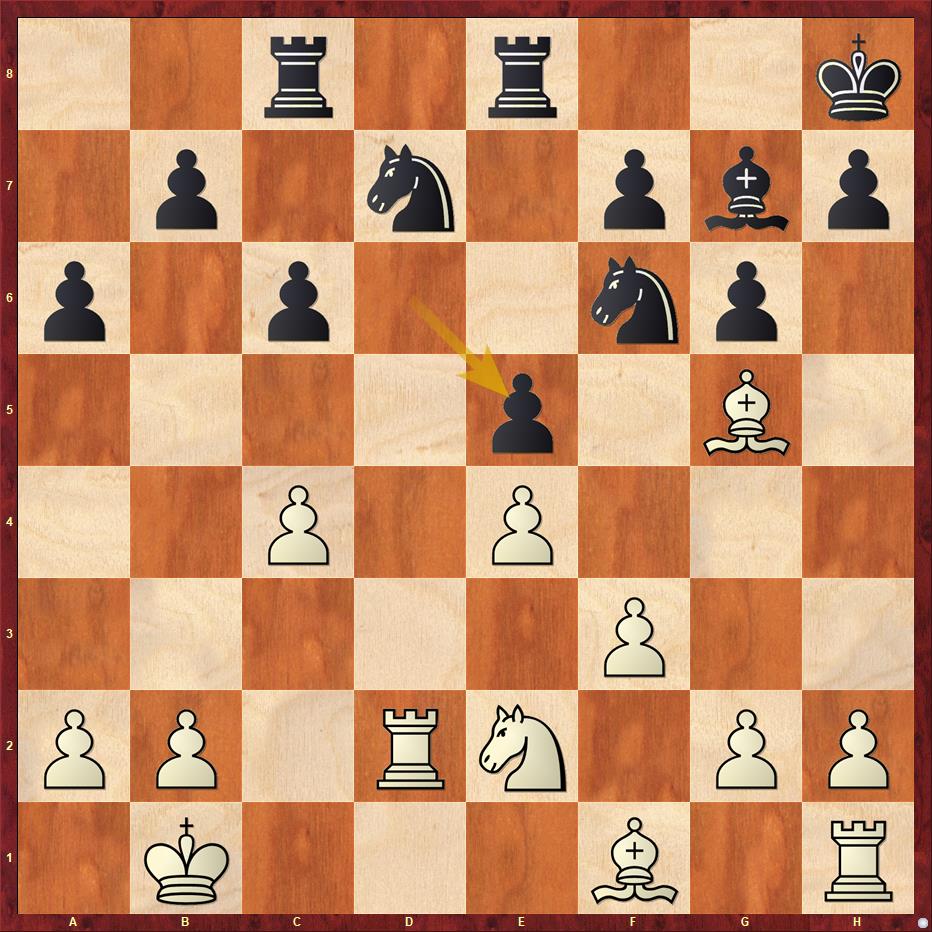
A lot of people wanted me to go Nc3, Be2 and then double the rooks down the d-file. However, White can make use of the rule 1c which is to bring the bishop outside the pawn chain with the excellent move g3! I was very proud of the fact that I was able to find this move over the board and it just makes my position close to winning. The bishop on h3 would be a monster cutting across the board. I managed to win this game and also the state under-19 with a score of 8.5/9!
Day 4/21 - 28th March
As homework for day 3, I had asked all those who were present to analyze the famous game 4 of the Fischer vs Taimanov, Candidates Quarter Finals. It was one of the most brilliant performances by Fischer, showcasing the true power of a bishop in endgame. I hadn't really expected people to work on this. However, they did do it and I received many mails with annotations. I reproduce one of them below which is done by Sumedh Ramtekke.
Some concepts are worth revising and we looked at how you make the maximum use of your bishops, through one of the most memorable games of my chess career:
Vladimir Belov vs Sagar Shah
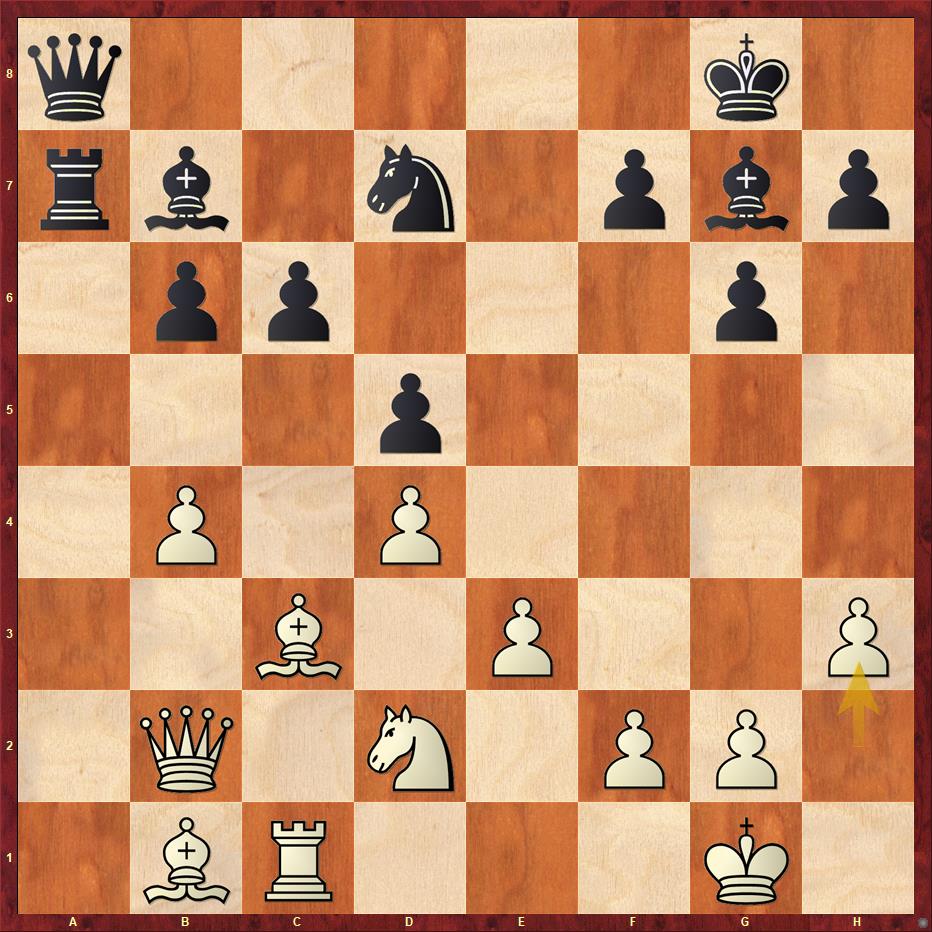
The most natural move for everyone was ...b5 with the idea of Nb6 to c4. While this does seem decent, you are not really thinking about your bishop on b7. Hence, the right move is Ba6! On the next move, I place my bishop on b5 and from being quite passive on b7, it becomes one of the best pieces on the board on b5! This also helped me to score my first win against a 2600+ GM.
Day 5/21 - 29th March
We spent quite a lot of time with the bishops. We now had to go for the knights. Firstly you have to understand knights are good in following situations:
1. When the play is taking place only on one side of the board
2. Knights need outposts
3. Knights are excellent blockaders
One of the most famous games to showcase the power of a knight is Smyslov vs Rudakovsky. It is a classic and one that I had enjoyed tremendously when I was young.
Smyslov vs Rudakovsky

This was the most important moment of the game. Rudakovsky played the most natural move ...Bc4, but after Bxc4 Qxc4 Bg5! He landed up with a sick locking dark squared bishop as compared to a beautiful white knight on d5. It was important to play ...Bd7 in the above position. The idea is to re-route the bishop to c6 and keep control on the key d5 square.
To make my point clear that knights are also excellent minor pieces if used smartly, I went on to show two of my favourite games from Accelerated Dragon opening where I was able to get a good knight versus bad bishop scenario from relatively equal positions.
Day 6/21 - 30th March
One of my main aims through the series of live shows was to inculcate in the viewers the importance of analyzing their own games. I spoke about it many times, yet I would continuously get emails and messages like let's analyze games of Mikhail Tal, or Bobby Fischer. Yes, games by these legends are important and they should be studied. However, you need to love analyzing your games. The thought that this game is played by me and not worth analyzing is something I harboured within me for a long time as a player. I wanted people to be rid of that kind of thinking. Hence, I came up with the idea that the attendees could send me their games to my email id on chessbaseindia@gmail.com, I started receiving a huge number of pgn files from users all across the world. I wake up around 6 a.m. and began going through the games, trying to find some key moments that improves the student's understanding of the imbalances in chess. On the sixth day, we spent quite some time going over students' games and here are a couple of instructive positions.
Purvit vs Calrox
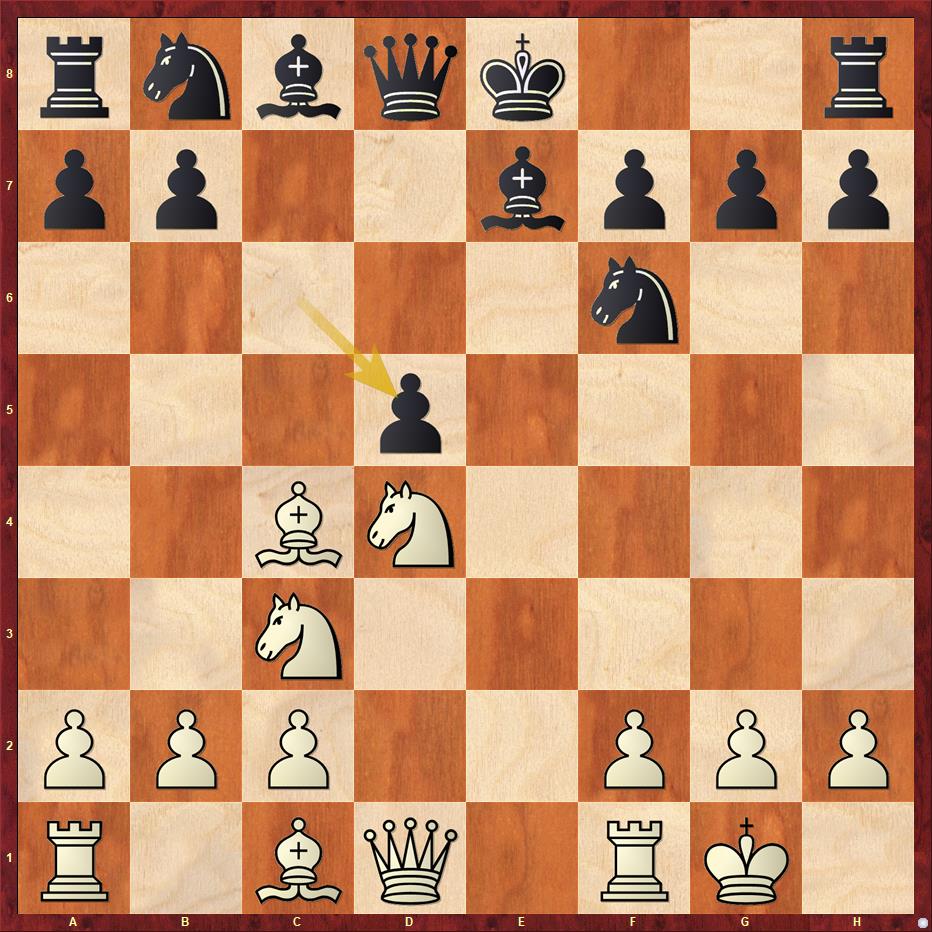
The bishop on c4 is attacked and the most natural move is Bb5+. However, it is important to look closely at all the tactical possibilities. As it turns out, White has the nice strike Nxd5! and after Nxd5 Qh5! The knight on d5 cannot move because the f7 pawn falls and White is close to winning. There are gems like these hidden in many of the games!
An altogether extremely common phenomenon is losing from a winning position. How do you avoid this from happening. In order to address this issue, I chose the following game.
Setu Minocha vs Tanmay Srinath
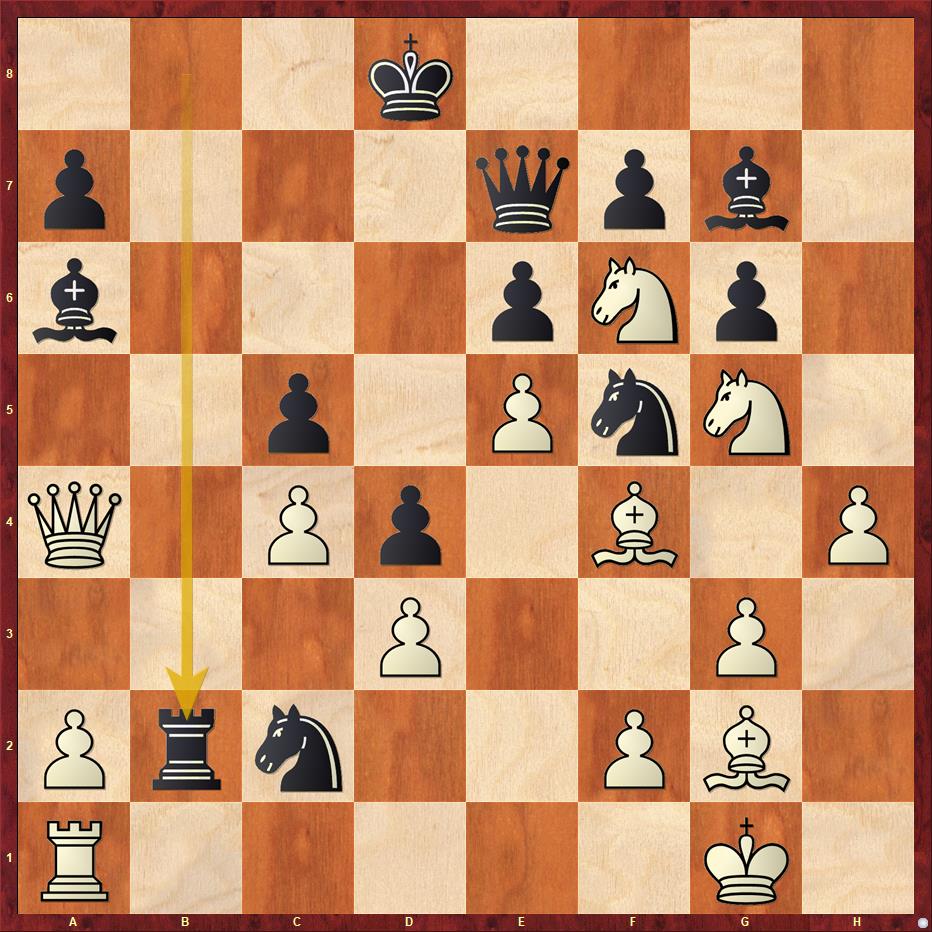
A common error while winning is switching your calculation off and relying too much on intuition (or as GM Ganguly likes to say "hand moves"). If you keep calculating variations in winning positions as well, the chances that you will lose winning positions is quite less. In this position White played the move Rd1 without much thought. But if he was alert, he would have seen that Qa5+ was a powerful move! Now the king cannot go to c8 as a6 hangs with a check. Qc7 is met with Nxf7+ Hence, the only move is Rb6 when Rb1 is a powerful response. You can understand how calculation and staying alert more often than not save you from losing won positions!
Setu's game in the King's Indian Attack inspired us to have a look at some more King's Indian attack games. And when you speak of the KIA, the first game that comes to mind is of course Fischer vs Myagmarsuren!
Day 7/21 - 31st March
It was now time to move to the next imbalance - Pawn structures. Quite a complex subject. There are many different kinds of pawn structures, but essentially can be bifurcated into four main themes:
1. Doubled pawns
2. Isolated pawns
3. Backward pawns
4. Passed pawns
We began the seventh day looking at doubled pawns. I showed one of my games where I doubled my pawns several times, in order to gain active play.
The 8th live training will be held on 1st of April 2020 at 9 a.m. and can be followed LIVE from here:
Raising Money for a cause
When people began enjoying these sessions they started contributing money via super chat function on YouTube. In seven days we raised Rs.13,129. Below is the break-up of the same. When Super chat is used, YouTube keeps 30% of the revenue and 70% goes to ChessBase India. Well, I do not wish that we give up on this 30% of the amount when we contribute it to the PM CARES fund. Hence, whatever amount is raised via YouTube's super chat, I will be putting in the remaining 30% of the sum personally, so that the total amount raised remains intact!
You may want to consider contributing via the Payumoney button (below) that we have activated, where we get the entire sum in our account (not 30%). The total sum collected over the period of 21 days will be contributed to the Prime Minister CARES fund.
Details of amount raised via super chat on different days of the training
Total amount raised = Rs.13129
What is the PM CARES FUND?
The Prime Minister's Citizen Assistance and Relief in Emergency Situations Fund (PM CARES Fund) was created on 28 March 2020 following the COVID-19 pandemic in India. The fund will be used for combating, containment and relief efforts against the coronavirus outbreak and similar pandemic like situations in the future. The Prime Minister is the chairman of the trust. Members will include the defence, home and finance ministers. The fund will also enable micro-donations. The minimum donation accepted for the PM CARES Fund is ₹10 (14¢ US). The donations will be tax exempt and fall under corporate social responsibility. The Prime Minister had said that the PMO had received many requests to help in the war against COVID-19. Accordingly, the fund was set up and will be used for disaster management and research. On 28 March, Syed Ataur Rahman, a citizen of India, donated ₹501 (US$7.00) to the fund tweeting about it as "just a little donation". PM Modi tweeted back that "There’s nothing big or little. Every single contribution matters. It shows our collective resolve to defeat COVID-19.
I would like to thank my friend and ChessBase India Hindi head Niklesh Jain, who is doing a similar series of videos for the 21 day lockdown period in Hindi. You can follow them here.
Read more about Niklesh's latest training session.































